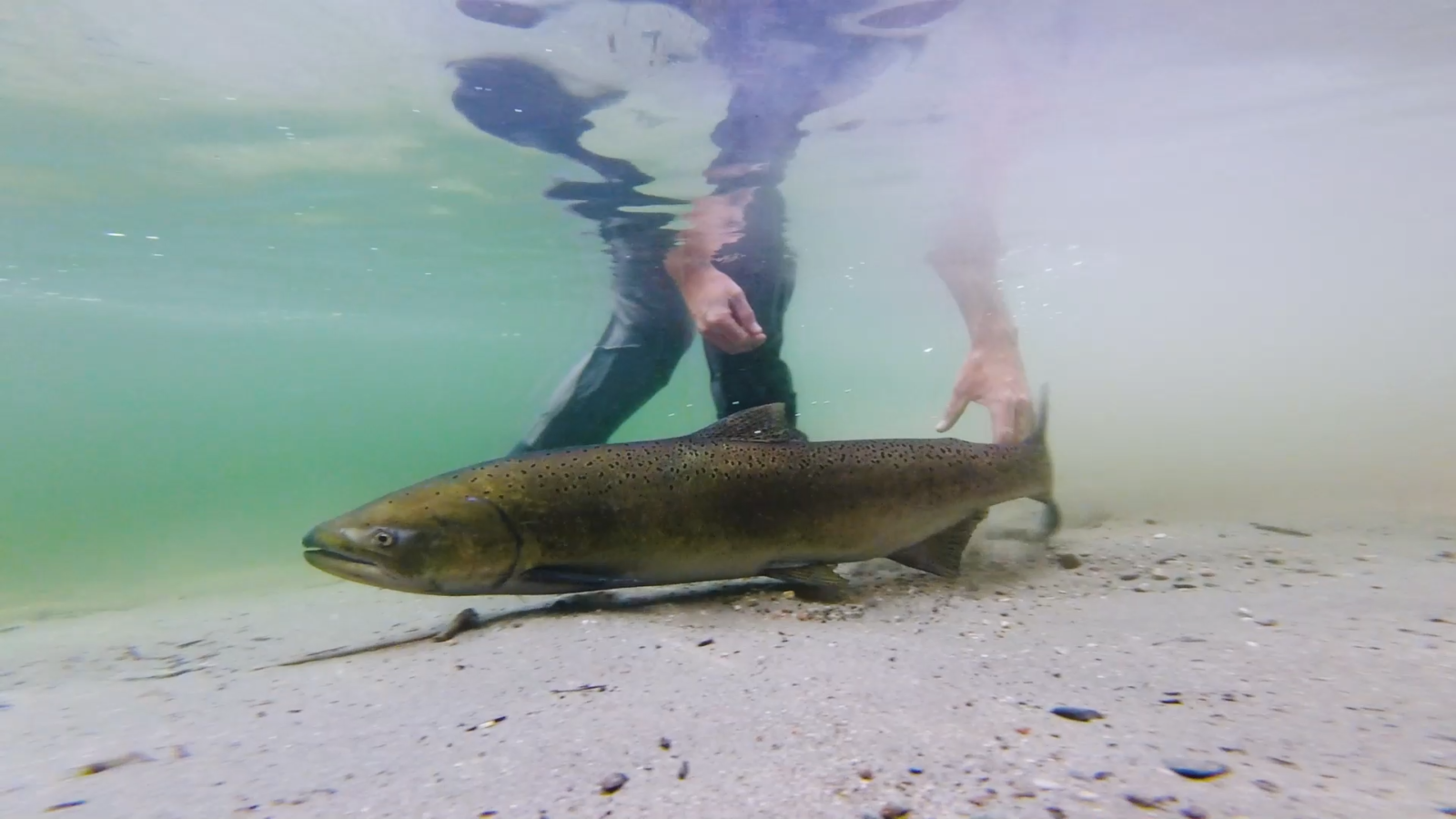First People and Salmon in the Little Spokane River
The lives and cultures of the peoples of the inland northwest have long been shaped by rivers–and for the Spokane Tribe, the river meant salmon. For thousands of years, people in the Columbia Plateau gathered around the monumental spring salmon runs. On the Spokane River, this meant swaths of Chinook returning upstream to their spawning grounds deep in the Inland Northwest.
The annual return of salmon was formational in the lifeways, culture, and spirituality of the Spokane Tribe of Indians. What now might be called “sustainable harvesting practices” was more nuanced; the Tribe upholding its sacred responsibility of reciprocal care between land, water, animals, and people. This ensured the salmon would return year after year. Until that responsibility was stripped from the Tribes.
Salmon have been absent from the Little Spokane for over century. Beginning in 1908 hydroelectric dams were constructed on the Big Spokane River, blocking the fish from their historic habitats. By 1915 most of the productive tributaries, including the Little Spokane, were inaccessible to salmon. When Grand Coulee Dam was completed on the Columbia River in 1941, the fish were barred from nearly half of the Columbia River, including the entirety of the Spokane.
That was until 2021 when the Spokane Tribe along with WA Dept. of Fish & Wildlife and local non-profits released 50 adult chinook salmon into the Little Spokane, the river you’re standing by right now! It’s been said before that the salmon runs used to be so prolific that in their peak you could not see the riverbed. Take a moment today while you stand on the water’s bank to imagine what that must have looked like. In time, with our collective efforts, you may not have to imagine…
